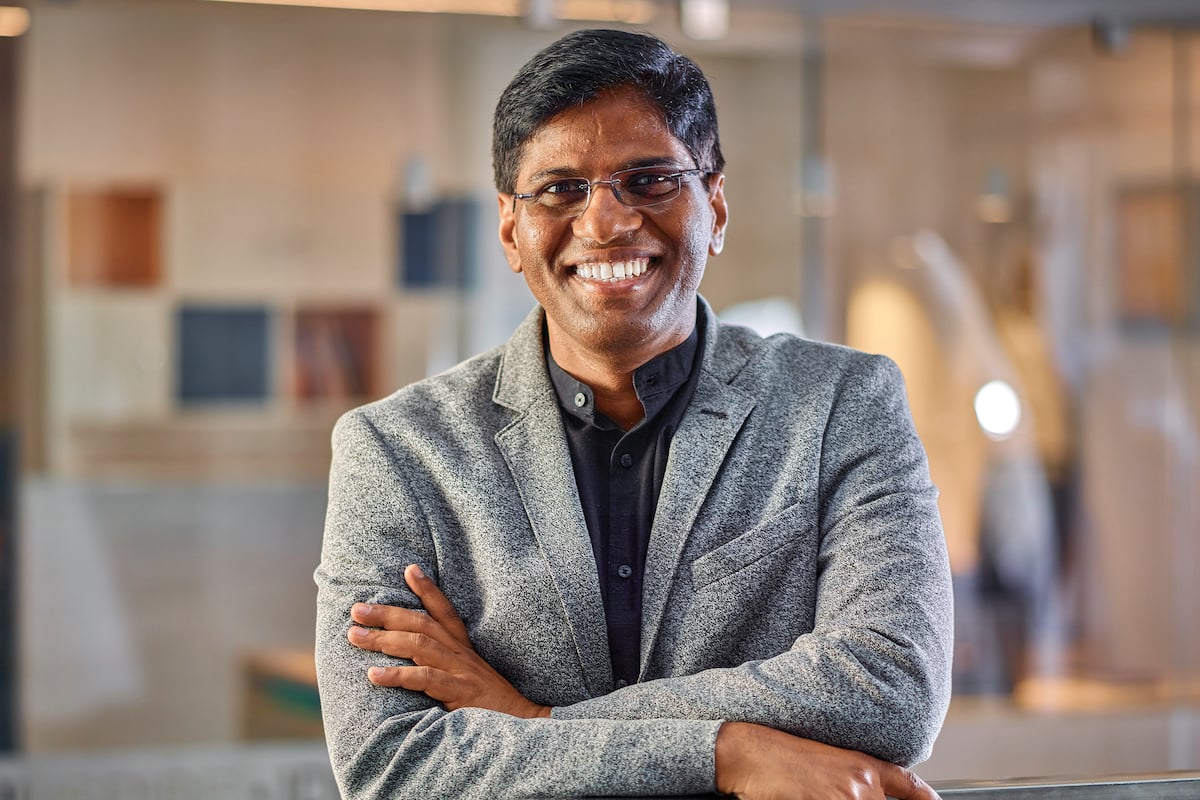All that Glitters is not always Gold: Santosh Krishna
A brand like Emerald Jewel Industry India is so legendary in India, it arguably makes the job of its COO Santosh Krishna all the harder. But with big ideas and a savvy eye for optimisation, he’s driven further growth by diversifying the company’s product range in exciting new ways.
If you have ever bought jewellery in India, you would have heard the famous rags to riches tale of Krishnan Srinivasan, Founder of Emerald Jewel Industry India. Born into poverty, and raised by his mother after his father died when he was just six, he graduated with a degree in mathematics only to take up a job in a jewellery showroom Despite earning just INR100 (US$1.46) a month, he took to the trade, learning all that he could about design, manufacturing and sales.

Less than a year later, in 1984, Mr Srinivasan went out on his own. A chance encounter with a travelling businessman led to him selling his designs in Gujarat where they were well-received. Within just three years, dealers were lining up for his product in Mumbai and Delhi. Now, with offices also in Singapore and Dubai, serving dealers all over the world, Mr Srinivasan’s story has become legend.
Still Emerald’s Managing Director, he now offers his guidance to COO Santosh Krishna who runs the company’s daily operations. Upholding the Emerald legacy is something Santosh feels not only honoured to undertake, but also determined to see through. Fortunately, finding differentiation is one thing that he doesn’t have to worry about. "One thing to understand is that Emerald has become a category unto itself and that really is Mr Srinivasan’s incredible legacy," he shares.
"There’s not the tiniest deviation in our products. That is by far the biggest differentiator that we have and it gives us our edge in the market." Santosh says he is focused on increasing the company’s operational efficiency, reducing costs and minimising risk in what began as and still very much is a family business. "To give you an example, we produce 100 kilograms of gold in our jewellery every day, or 24 tonnes annually," he reveals.
"However, during the manufacturing process, gold loss is inevitable and something we need to constantly watch." As a result, Santosh cites his main contribution to the company as diversification.
There’s not the tiniest deviation in our products. That is by far the biggest differentiator that we have and it gives us our edge in the market.
"When I first came on board, we predominantly dealt in gold with very little diamonds, maybe a 99:1 ratio. But the reality is that gold is a very expensive element, and those fluctuating prices expose us to profit risk. And so, we made the decision to diversify our portfolio by graduating into platinum and silver in a really big way." Under Santosh’s stewardship, Emerald now drives four main verticals.
"We’ve gone from focusing mainly on gold to becoming the world’s biggest manufacturer of silver and platinum products. We’re also big into diamonds," he smiles. "We’re not the biggest, but we’re definitely up there." Running 20 factories, Emerald produces every type of jewellery one can imagine. "We offer a one-stop solution for our customers, dealers and brands," he confirms.
"While we are producing 100 kilograms per day, we have built the capacity for 180 kilograms, which is our major objective. Once we do that, we’ll be number one in the world." Despite this, challenges remain. As Santosh explains, even with Emerald’s reputation, India is a very price-competitive market. "Our competition is the local guy who doesn’t have infrastructure and therefore has lower costs. So, improving our product and infrastructure while maintaining a competitive price equivalent can be difficult," he admits.
Sourcing enough labour is another problem. "Right now, we employ 6,000 people. Our two-year plan is to grow that number to become 8,000 people. But getting enough people is the biggest challenge," he says.
The new Indian laws concerning hallmarking have also added to operational costs. Legally, jewellers are now only allowed to sell gold products of 14, 18 and 22 karats, and are also required to hallmark their products. If they fail to do so, they face a fine of five times the cost of the product sold as well as up to a year of imprisonment. Santosh explains that catering to the fickle tastes of the new millennial market can also pose difficulties.
"Millennial customers are seeking much more lightweight construction and different designs, but even these can change dynamically due to shifting trends," he says. The good news is that Santosh believes that the company is now well-positioned to meet the challenges ahead. Once again, he attributes its primary strength to the legacy forged by Krishnan Srinivasan.
"Our products retain their value," he states. "If our dealers buy an Emerald product, they definitely know it will be sold to a customer and not be melted down. The design and quality of craftsmanship makes it even more valuable than the gold within it." As for the capricious tastes of the millennial customer, Santosh says embracing new technology offers the answer.
"We can now work with gold in an even more innovative way to address their preference for lightweight jewellery," he enthuses. "Once again, our superior design, along with our unique selling proposition of purity and quality, and a soaring gold price, will be the key for our future success. And it remains the heart of this trade, I think."
Proudly supported by: